Susanna and the Old Men
Oil on canvas, 70 x 95 cm
With frame, cm 88 x 115
In Babylon lived a woman of extraordinary beauty and great virtue, named Susanna, wife of Ioakim, a very rich and respected man. The house of Jehoiakim was frequented by many, and among them there were also two elders, chosen from the people as judges. Although they held a position of authority and respectability, these two men hid in their hearts great wickedness and lust. Every day, Susanna used to walk in the garden of her house. The two old men, having noticed her, began to crave her. They were so taken by their lust that they set aside all modesty and morality, no longer having the strength to think about justice, for their hearts were completely blinded by desire. They were hiding, waiting for the right moment to catch her alone. One day, Susanna, wishing to take a bath, withdrew into the garden, asking her maids to close the doors and bring her ointments and soaps. The maidens obeyed, closing the doors and going out to take what had been asked of them, not noticing that the two old men had hidden themselves in the garden of the dwelling of Ioakim. When the maids went away, the two elders came out of their hiding place and rushed to Susanna, who found herself in a desperate situation. She was deeply distressed and knew that if she gave in to their desires, she would be stained with a mortal sin. But if she refused, she knew that their false accusation would mean her death, as the law provided for the death penalty for adultery. With courage and faith, Susanna opposed, not giving in to blackmail, and shouting loudly.The two old men also shouted, to draw the servants' attention. When the servants came to the garden, the two elders, with a compunction air, began to tell their lies, casting blame on the woman and accusing her of adultery. The next day, the people gathered together in the house of Ioakim, and the two old men, full of malice and determined to carry on their false accusation, summoned Susanna. Before the whole assembly they repeated their testimony, and as they were esteemed judges their word was believed. The assembly condemned Susanna to death. While Susanna was being led to the punishment, she raised her voice to the Lord in prayer. God heard the cry of Susanna: as she was led to the gallows, God raised up the spirit of a young man named Daniel. Daniel, with courage, stood in the midst of the assembly, claiming the innocence of the woman and presenting to the court irrefutable evidence against the false accusations of the old men. The lie of the two old men was thus publicly exposed. The whole assembly understood the deception and wickedness of the two judges. According to the law of Moses, those who gave false testimony were given the same punishment they had intended to inflict. Thus, the two old men were condemned to death, and Susanna was saved and her innocence proclaimed. From that day on, Daniel became great in the eyes of the people. This story is a powerful account of divine justice, faithfulness and courage in the face of injustice, and how truth ultimately triumphs over falsehood.The painting shows the part of the story in which the assault on Susanna by the two old men is narrated. The classical style, composed expressions and soft rendering of incarnate figures well adapts to the seventeenth century Emilian pictorial tradition, with particular reference to the activity of figures such as Carlo Cignani and Marcantonio and Giacomo Franceschini. This painting is based on the styles of Susanna and the old men of Marcantonio Franceschini of the quadreria of palazzo Rossi Poggi Marsili in Bologna, which resumes the marked chiaroscuro contrast between the background and the figures in the foreground and the personal and autonomous interpretation of classicism by Carracci, Reni and Guercino.


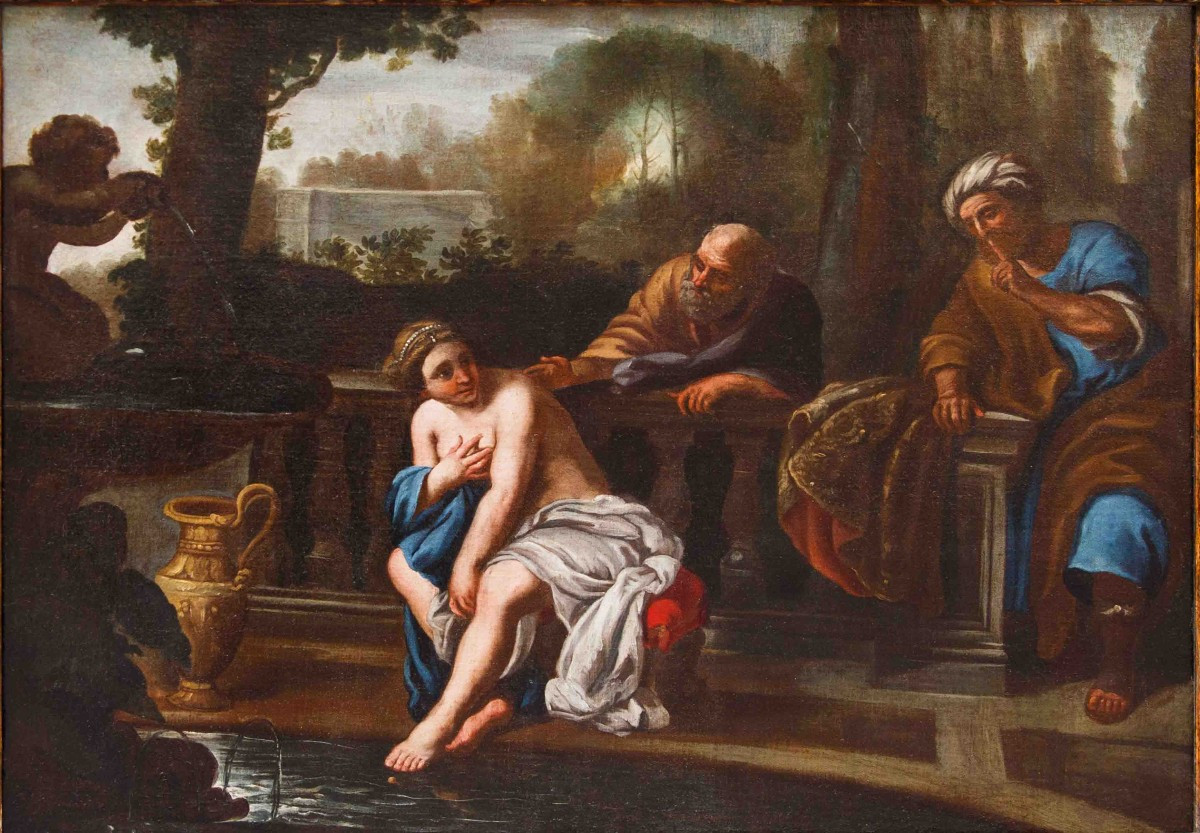
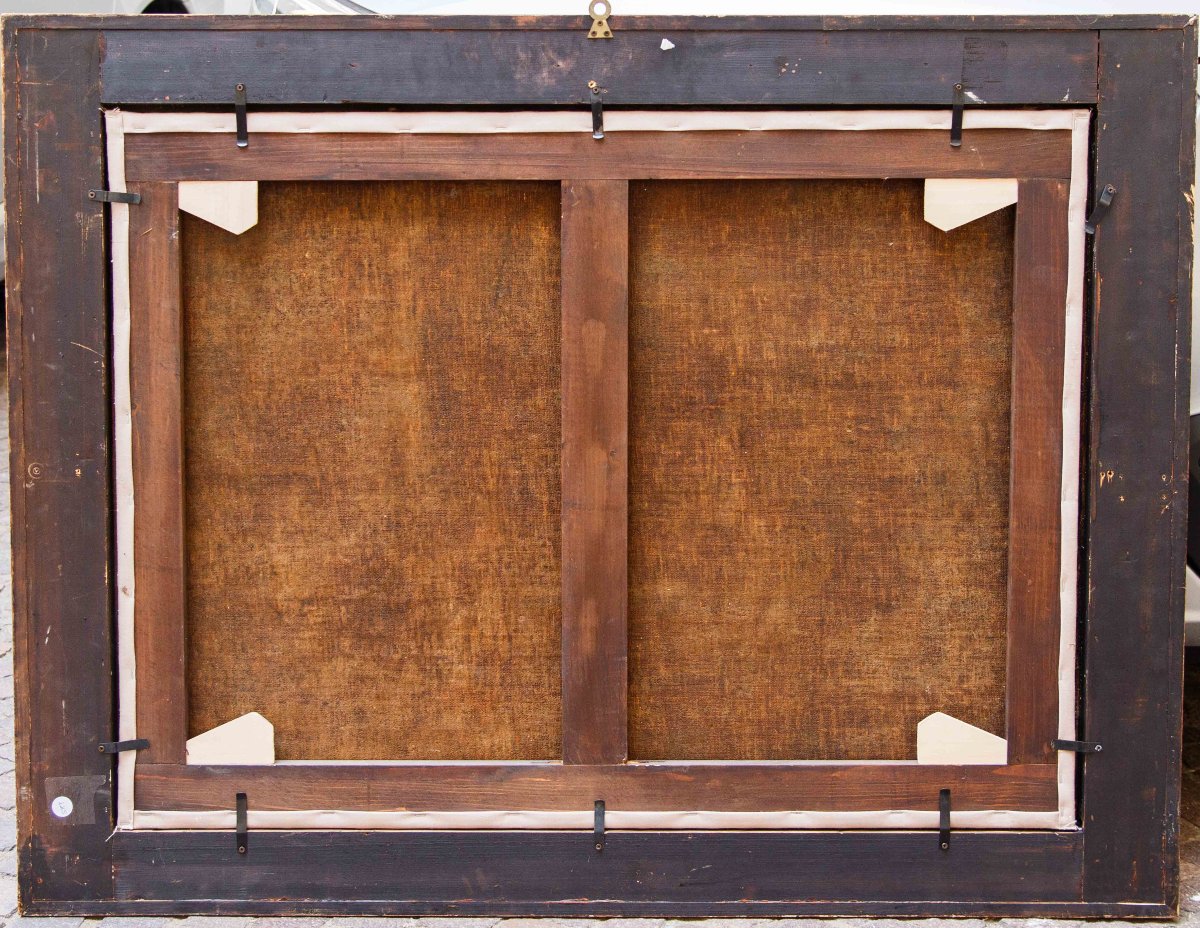
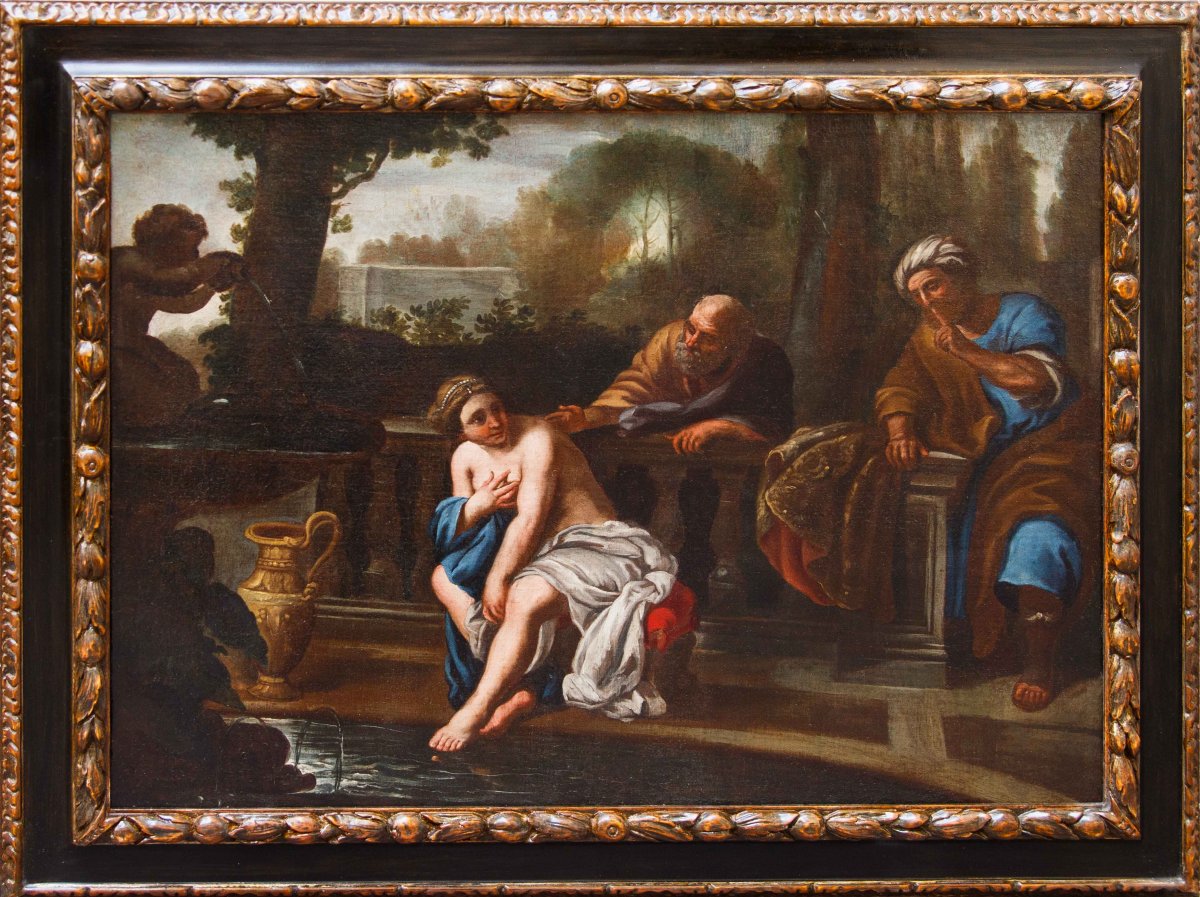

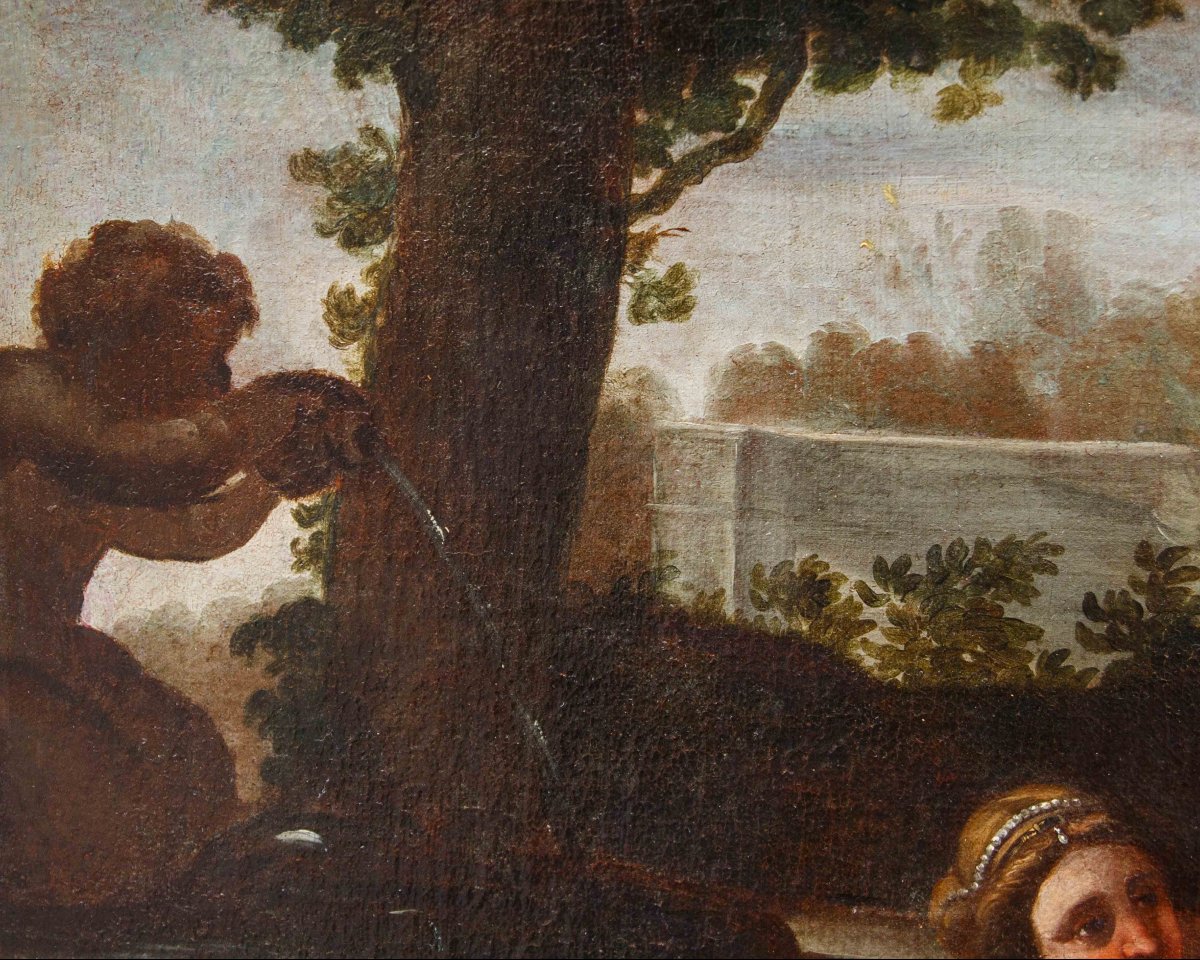
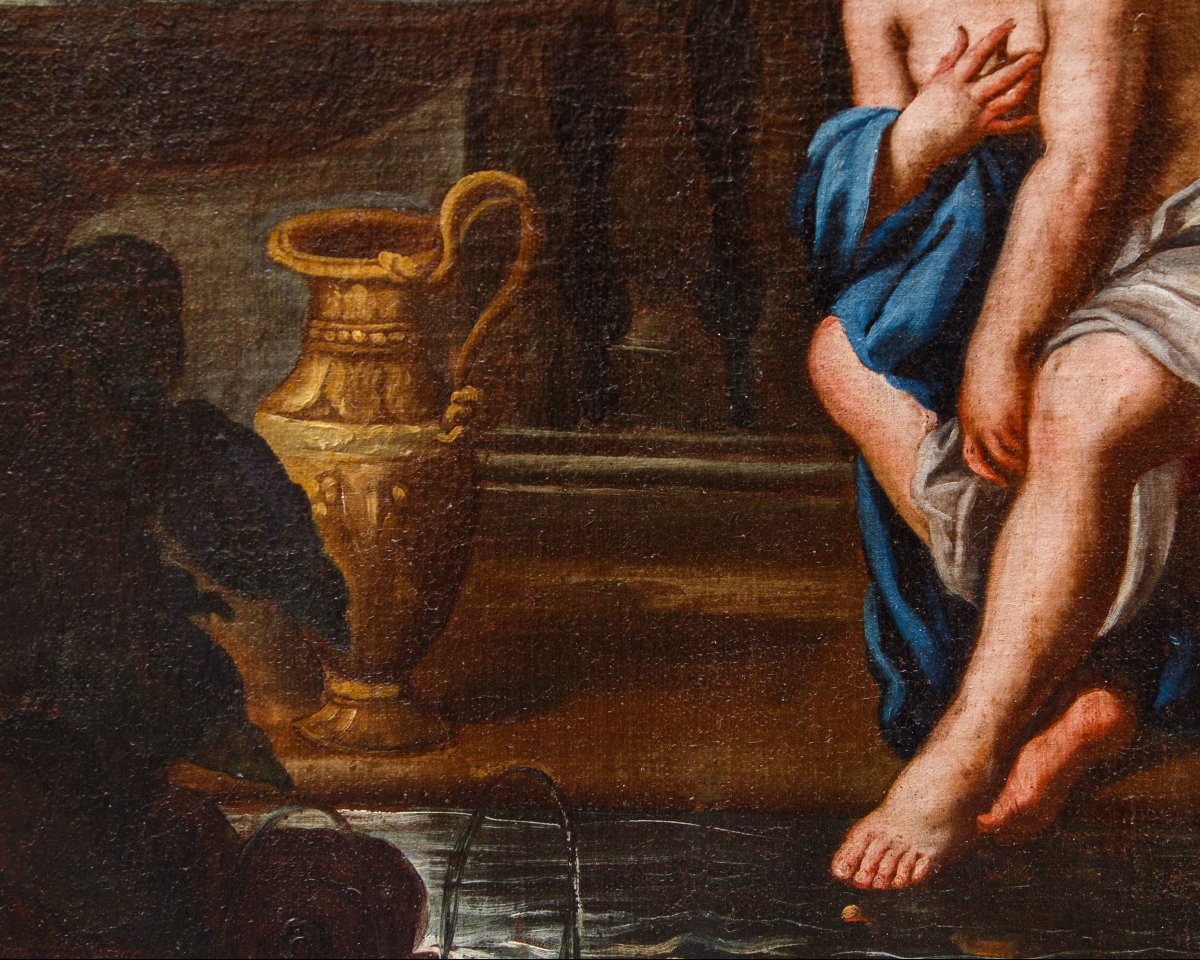













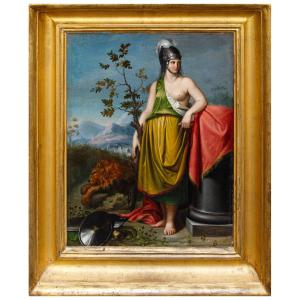






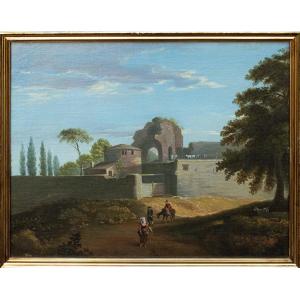
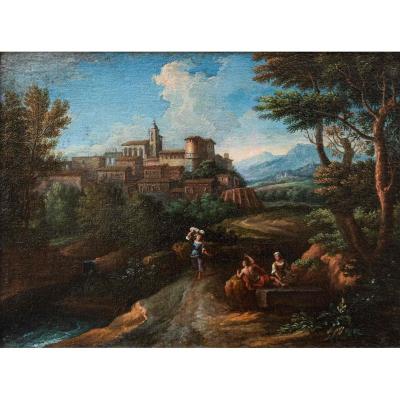





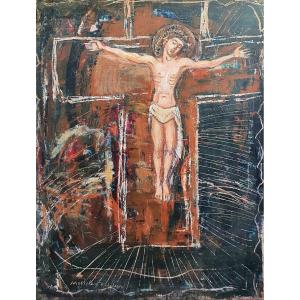
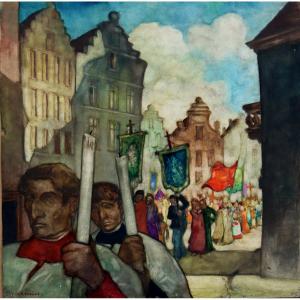

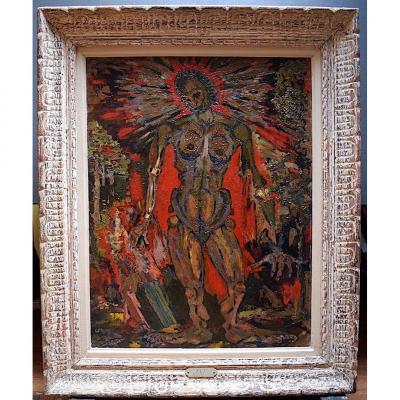



 Le Magazine de PROANTIC
Le Magazine de PROANTIC TRÉSORS Magazine
TRÉSORS Magazine Rivista Artiquariato
Rivista Artiquariato